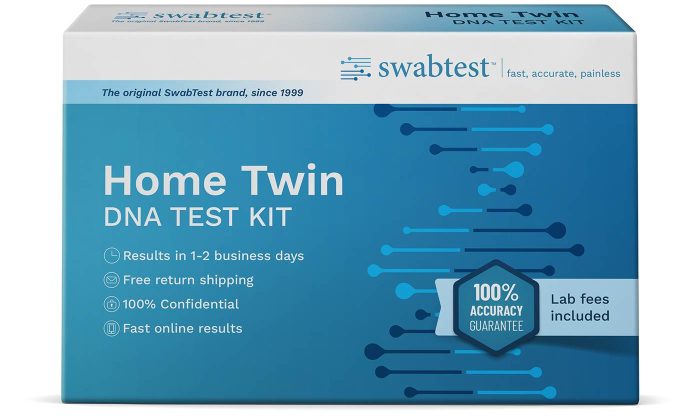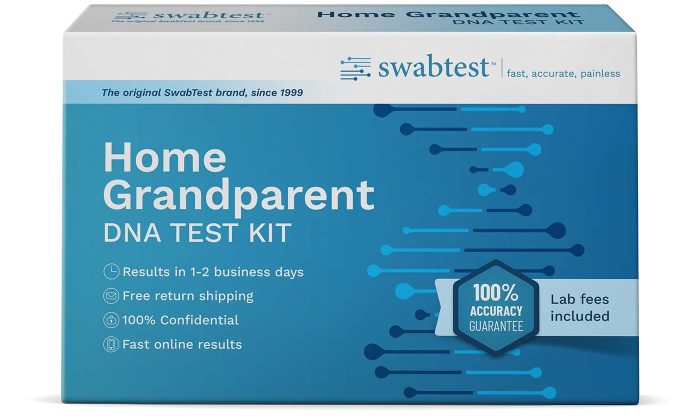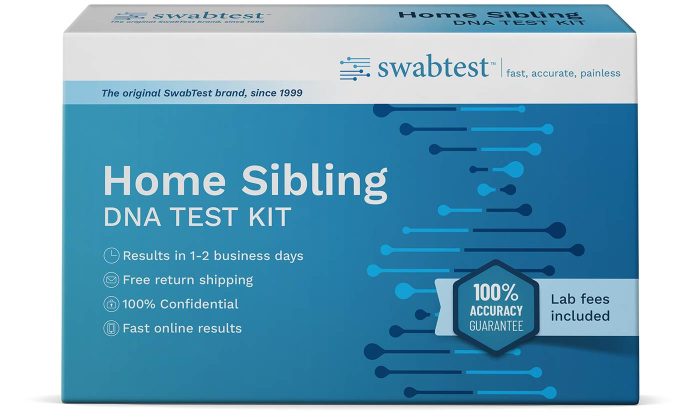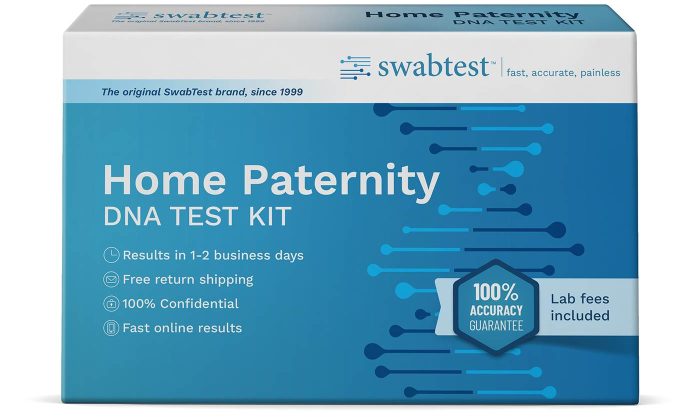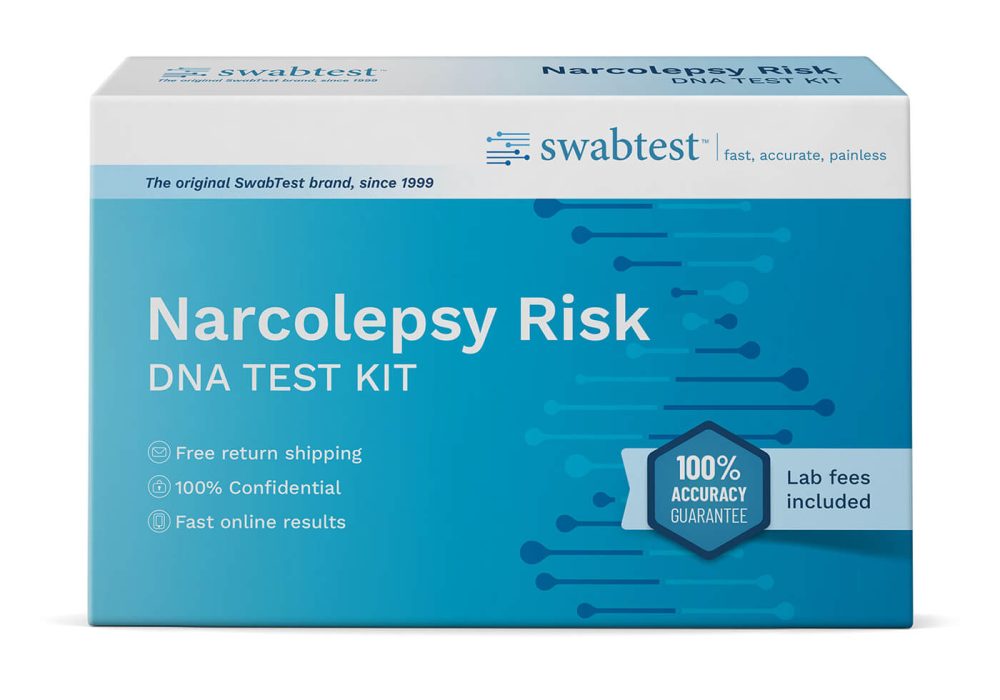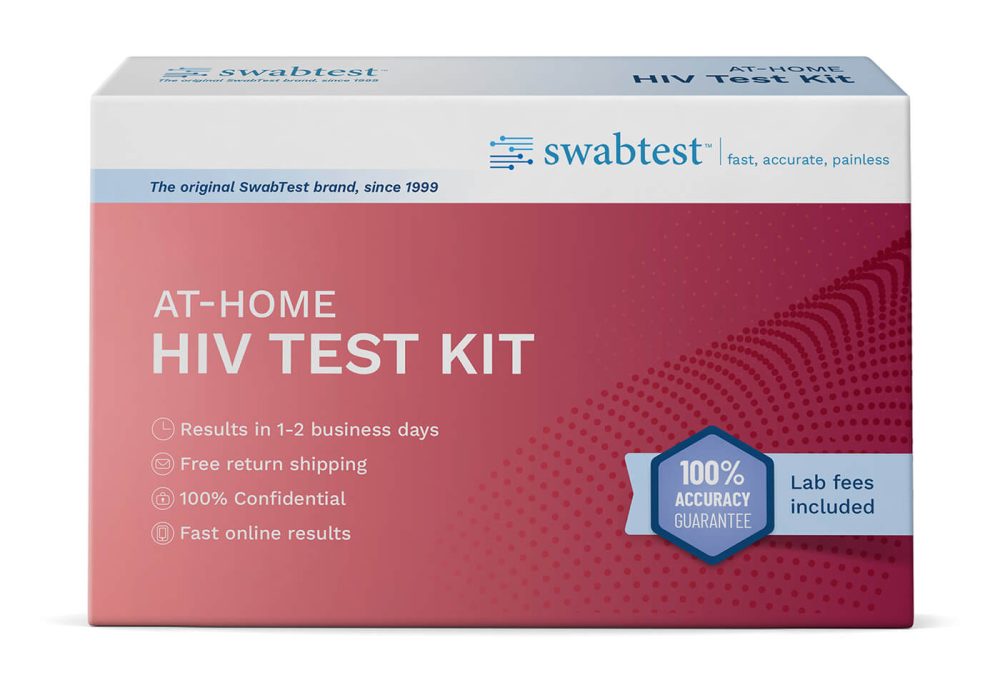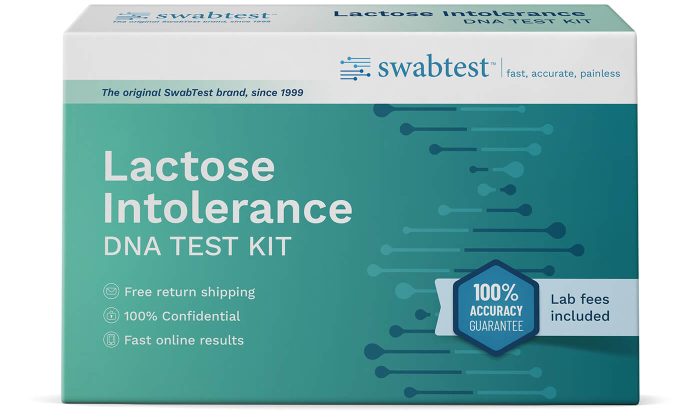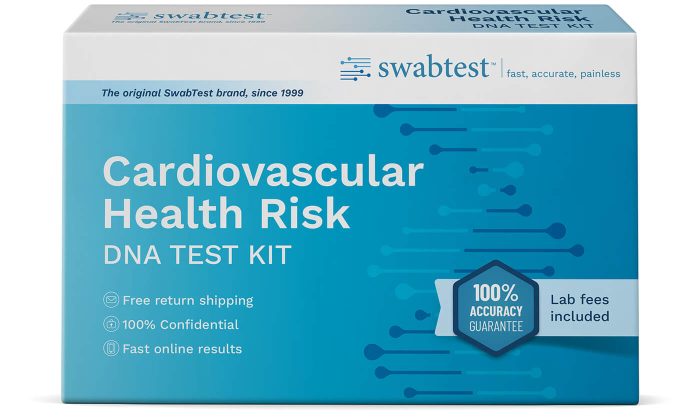DNA Hemochromatosis Test
Find out if you carry gene variants linked to hereditary hemochromatosis—a common cause of iron overload.
- Detects common mutations in the HFE gene
- Prevent Long-Term Complications
- Quick, Non-Invasive Testing
- Simple, At-Home Testing
- 2X testing guarantee
- AABB, ISO17025 & CLIA accredited lab
$195.00
Description
Hemochromatosis is a hereditary disease that is caused by increased absorption and storage of iron from food. Excess iron is stored in organs like the liver, heart and pancreas that will eventually lead to organ damage causing irreversible diseases such as arthritis, liver disease, heart disease and diabetes later in life.
When identified, hemochromatosis can be managed. As such screening is recommended so the disease can be detected and treated early. If one family member tests positive for hemochromatosis it is recommended that other family members also get tested for the condition.

Description
Hemochromatosis is a hereditary disease that is caused by increased absorption and storage of iron from food. Excess iron is stored in organs like the liver, heart and pancreas that will eventually lead to organ damage causing irreversible diseases such as arthritis, liver disease, heart disease and diabetes later in life.
When identified, hemochromatosis can be managed. As such screening is recommended so the disease can be detected and treated early. If one family member tests positive for hemochromatosis it is recommended that other family members also get tested for the condition.

The HFE gene
Three genetic variants in the HFE gene accounts for 85% of all cases of hereditary hemochromatosis. This DNA test detects the following three mutations:
- C282Y – Most common variant and is associated with most severe symptoms
- H63D – Second most common mutation of HFE. Individuals who inherit two copies of this mutation are at increased risk of hemochromatosis
- S65C – Rare mutation. When inherited together with the C282Y mutation increases the risk of hemochromatosis
How common is hemochromatosis?
Hemochromatosis is the most common genetic disorder for individuals of European descent. About 1 in 9 individuals of European ancestry carry at least one defective copy of HFE. Approximately 1 in 200 individuals of European ancestry carry 2 copies of HFE and develop hemochromatosis. People with Northern European decent such as British, Scottish, Irish, Dutch, Danish, Scandinavian, German, French, Spanish and Italian are most at risk for developing hemochromatosis.
While both men and women can inherit the defective gene, men are more likely to be diagnosed. On average men develop symptoms between the ages of 30-50 compared to women who are diagnosed after 50, often 10-15 years after menopause.
Early symptoms of hemochromatosis
Hemochromatosis is hard to diagnose because it involves symptoms seen in many other conditions. Symptoms also vary between individuals and manifests only later in life.
Early symptoms of Hemochromatosis include:
- Joint pain – in hands, hips, knees and/or ankles (one of the earliest symptoms)
- Chronic fatigue (also one of the earliest symptoms)
- Lack of energy
- Weakness
- Abdominal pain
- Loss of sex drive, impotence
- Heart problems (heart flutters, irregular heart beat)
- General darkening of skin color (bronzing)
- Lack of normal menstruation, premature menopause
- High blood sugar levels
- Low thyroid function
- Abnormal liver function test
- Depression
- Shortness of breath
Related Products
Related products
-
Sale!
 Out of stock
Sexual Health
Out of stock
Sexual HealthSTD + HIV Test
Screen for chlamydia, gonorrhea, trichomoniasis and HIV infections.
$149.00Original price was: $149.00.$99.00Current price is: $99.00. Read more -
Shop All
DNA Twin Test
Find out conclusively whether a pair of twins are identical or fraternal.
$271.00Original price was: $271.00.$149.00Current price is: $149.00. Select options This product has multiple variants. The options may be chosen on the product page -
Shop All
DNA Grandparent Test
Determine the likelihood that you’re the true biological grandparent.
$271.00Original price was: $271.00.$149.00Current price is: $149.00. Select options This product has multiple variants. The options may be chosen on the product page -
Shop All
DNA Sibling Test
Determine the likelihood that individuals are half or full siblings.
$271.00Original price was: $271.00.$149.00Current price is: $149.00. Select options This product has multiple variants. The options may be chosen on the product page
Related products
-
Shop All
DNA Paternity Test
The definitive way to establish paternity for a father and child.
$180.00Original price was: $180.00.$99.00Current price is: $99.00. Select options This product has multiple variants. The options may be chosen on the product page -
Shop All
DNA Sibling Test
Determine the likelihood that individuals are half or full siblings.
$271.00Original price was: $271.00.$149.00Current price is: $149.00. Select options This product has multiple variants. The options may be chosen on the product page -
Sale!
 Out of stock
Sexual Health
Out of stock
Sexual HealthSTD + HIV Test
Screen for chlamydia, gonorrhea, trichomoniasis and HIV infections.
$149.00Original price was: $149.00.$99.00Current price is: $99.00. Read more -
Diet & Fitness
Nutrition, Weight Loss and Fitness DNA Test Combo
$498.00 Add to cartExplore how your genes affect your nutrition and fitness.
Related Products
$69.00 Original price was: $69.00.$49.00Current price is: $49.00.
Related products
-
Diet & Fitness
DNA Lactose Intolerance Test
$149.00Find out if your genes affect how your body digests dairy.
-
Health & Wellness
DNA Cardiovascular Health Risk Test
$349.00Understand your genetic risk for heart-related conditions.
-
Health & Wellness
DNA Cardiovascular Disease (ApoE) Test
$195.00Detects the APOE variant linked to late-onset Alzheimer’s
-
Sexual Health
Chlamydia & Gonorrhea Test
Screen for chlamydia and gonorrhea infections.
$79.00Original price was: $79.00.$49.00Current price is: $49.00.




